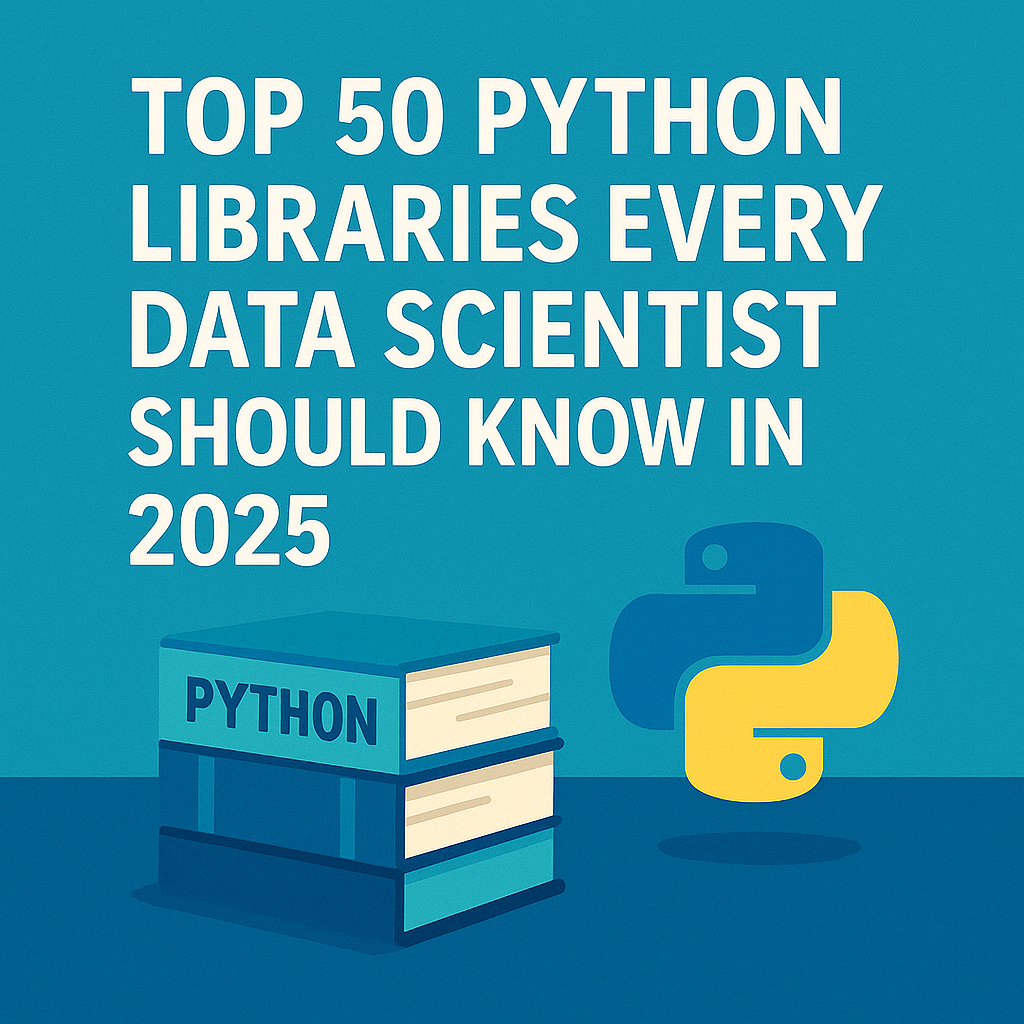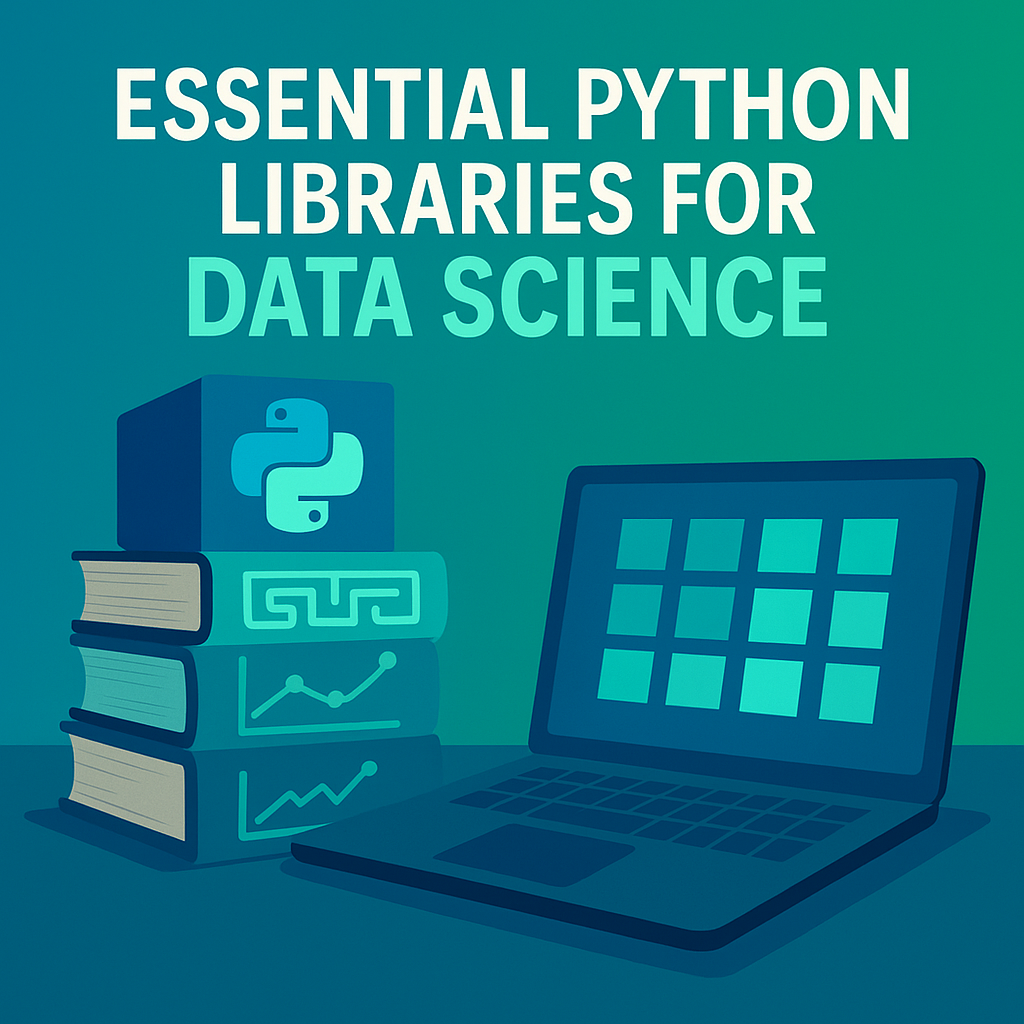
7 Python Libraries Every Analytics Engineer Should Know
- 1. Polars – Fast Data Manipulation
- 2. Great Expectations – Data Quality Assurance
- 3. dbt-core – SQL-First Data Transformation
- 4. Prefect – Modern Workflow Orchestration
- 5. Streamlit – Interactive Dashboards
- 6. PyJanitor – Data Cleaning Made Simple
- 7. SQLAlchemy – Database Connectors
- ❓ Frequently Asked Questions (FAQ)
- Wrapping Up
Analytics engineers work at the critical intersection of data engineering and data analysis. While data engineers focus on infrastructure and data scientists build models, analytics engineers transform raw data into clean, reliable datasets that the entire organization can trust.
From building transformation pipelines to ensuring consistent business metrics, their job is all about bridging the gap between raw inputs and actionable insights. To do this effectively, having the right Python libraries in your toolkit is essential.
Here are 7 Python libraries every analytics engineer should know in 2025:
1. Polars – Fast Data Manipulation
Polars is a high-performance DataFrame library powered by Rust. Unlike Pandas, it uses lazy evaluation to optimize queries before execution, making it ideal for massive datasets.
Why use it?
- Handle datasets larger than memory
- Built-in parallel processing
- Familiar syntax for Pandas users
📚 Learn more: Polars User Guide
2. Great Expectations – Data Quality Assurance
Bad data equals bad insights. Great Expectations helps you define and validate rules (like “no nulls” or “values between 0–100”) for proactive data quality checks.
Why use it?
- Human-readable validation rules
- Auto-generate expectations from data
- Works with Airflow and dbt
📚 Learn more: Great Expectations Docs
3. dbt-core – SQL-First Data Transformation
Managing SQL at scale is tough. dbt-core adds version control, testing, and documentation to SQL pipelines, making workflows more reliable and maintainable.
Why use it?
- Write SQL transformations with Jinja templating
- Auto-build execution order
- Built-in testing and documentation
📚 Learn more: dbt Fundamentals
4. Prefect – Modern Workflow Orchestration
Orchestrating data workflows with cron jobs is outdated. Prefect lets you build and monitor pipelines using pure Python with retries, logging, and scheduling.
Why use it?
- Write flows in Python, no new DSL
- Handles retries and failures gracefully
- Works locally and in production
📚 Learn more: Prefect Quickstart
5. Streamlit – Interactive Dashboards
Streamlit makes it possible to turn Python scripts into interactive apps with just a few lines of code, giving stakeholders direct access to analysis.
Why use it?
- Build dashboards without web dev knowledge
- Interactive filters and visualizations
- One-click deployment
📚 Learn more: 30 Days of Streamlit
6. PyJanitor – Data Cleaning Made Simple
PyJanitor extends Pandas with chainable, ready-to-use cleaning functions. It saves time on repetitive tasks like renaming columns, handling duplicates, or cleaning text.
Why use it?
- Simplifies messy data workflows
- Clean API for readability
- Handles Excel quirks seamlessly
📚 Learn more: PyJanitor Functions
7. SQLAlchemy – Database Connectors
Analytics engineers often interact with multiple databases. SQLAlchemy abstracts connection handling and lets you use either raw SQL or ORM-style queries.
Why use it?
- Works across SQL dialects
- Built-in connection pooling
- ORM + Core for flexibility
📚 Learn more: SQLAlchemy Tutorial
❓ Frequently Asked Questions (FAQ)
- What is the role of an analytics engineer?
Analytics engineers sit between data engineers and data analysts. They transform raw data into clean, reliable datasets and ensure consistent business metrics. - Why should analytics engineers learn Python libraries?
Python libraries help automate data cleaning, transformation, validation, and visualization—saving time and ensuring reliable pipelines. - Is Polars better than Pandas?
Polars is faster for large datasets due to its Rust backend and lazy evaluation, but Pandas remains widely used. Many teams use both depending on the task. - Can Streamlit replace BI tools?
Streamlit isn’t a full BI tool, but it’s excellent for quickly building interactive dashboards and prototypes without heavy setup. - How does dbt-core help with SQL transformations?
dbt-core makes SQL workflows scalable by adding testing, version control, documentation, and dependency management.
Wrapping Up
These libraries simplify the toughest parts of analytics engineering—from cleaning data to orchestrating pipelines. Start by picking one library from this list and apply it in a real project. You’ll quickly see how much easier it makes your workflow.
👉 Mastering these tools will not only boost your productivity but also position you as a key player in any data team.
Amr Abdelkarem
Owner




No Comments